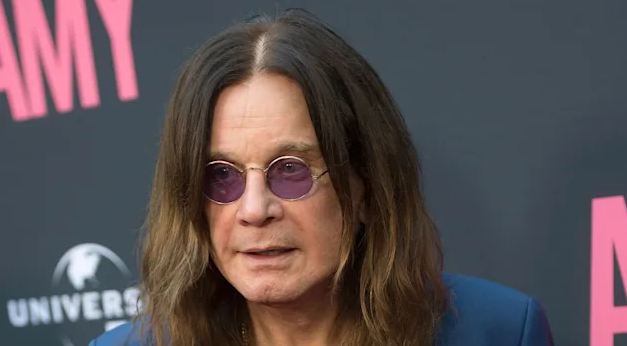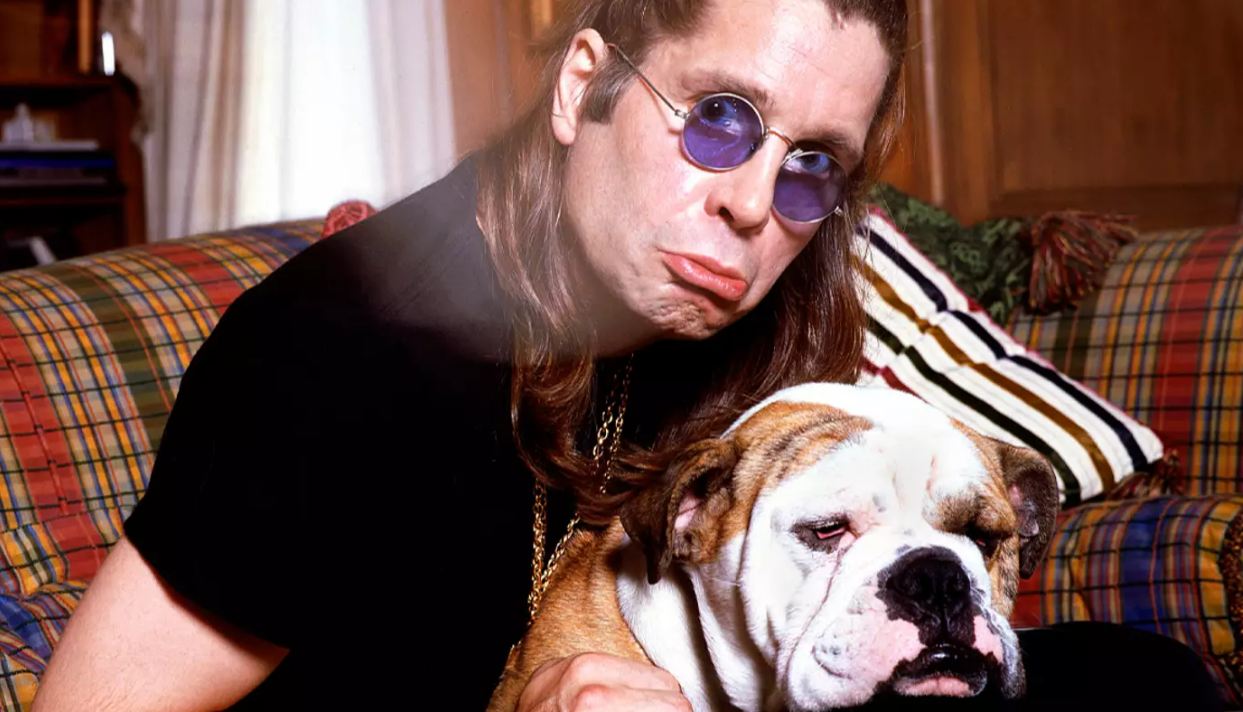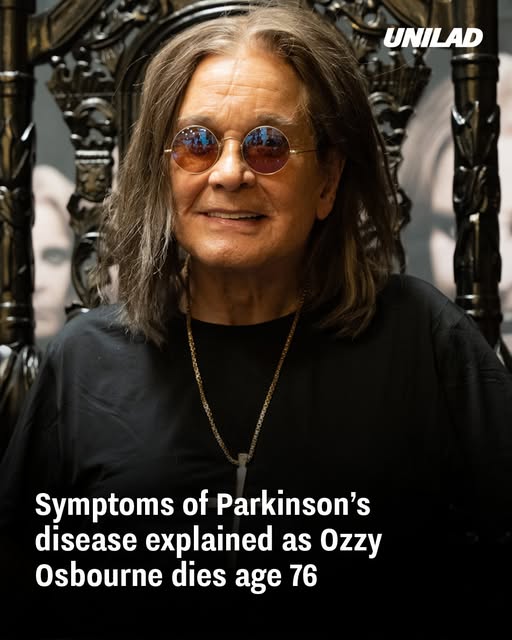Ozzy Osbourne, the legendary frontman of Black Sabbath, bravely fought Parkinson’s disease for years before his passing on July 22, 2025, at age 76. Find out more in the article below.
Understanding Parkinson’s Disease
Parkinson’s is a progressive neurological disorder that affects the brain’s dopamine-producing neurons. As these cells die, patients experience a variety of symptoms—motor and non-motor
- Slowness of movement (bradykinesia)
- Tremors and limb stiffness (rigidity)
- Poor balance and posture
Other signs include excessive drooling, reduced facial expression, trouble walking, smaller handwriting, and stooped posture. Non-motor symptoms, which can be more distressing, include depression, anxiety, sleep disorders (like acting out dreams), speech and swallowing difficulties, memory loss, constipation, nausea, and bladder control issues. Parkinson’s affects approximately 10 million people globally and about 1.1 million in the U.S. It most commonly emerges after age 60.

Ozzy’s Personal Struggles with Symptoms
Ozzy himself opened up about the disease’s impact. He described feeling like he had “bricks tied” to his feet, causing walking issues. A fall in 2019 damaged his spine and dislodged metal rods from a previous ATV incident, leading to multiple surgeries and a complication that temporarily left him “virtually crippled”. In 2023, a neck operation severely affected his nerves, adding to his pain. He shared deep emotional and mental health challenges tied to Parkinson’s:
“You learn to live in the moment… you don’t know when you’re gonna wake up and you ain’t gonna be able to get out of bed.”
Ozzy also battled depression and began taking antidepressants, along with experiencing fatigue, nerve pain, and nerve-related blood clots.
Treatment, Final Performance & Legacy
Parkinson’s has no cure, but treatments like dopamine-regulating medications, surgical devices to reduce tremors, and physical or occupational therapies can help manage symptoms. Despite his severe mobility loss—by 2025, he required a seat to perform—Ozzy remained determined to end his career on his own terms. On July 5, 2025, he performed his final show in Birmingham, riding a “bat throne” and seated throughout. The event raised $190 million for charities including Cure Parkinson’s, Birmingham Children’s Hospital, and Acorn Children’s Hospice.
Ozzy’s Legacy of Resilience
Parkinson’s, while not directly fatal, can lead to serious complications—especially with swallowing or respiratory muscles weakening. Ozzy’s death follows a long road of surgeries, falls, addiction relapse, and relentless pain, but also his refusal to be defined by illness. He famously kept performing despite nerve pain and being partially paralyzed:
“I may be moaning that I can’t walk but… I look down the road and there’s people that didn’t do half as much as me and didn’t make it.”
Ozzy continued speaking about his disease openly until his death, humanizing Parkinson’s and giving a powerful voice to its challenges.

Moving Forward with Awareness
Ozzy Osbourne’s journey highlights the often unseen burdens of Parkinson’s—physical pain, emotional turmoil, and unwavering strength. His final concert and dedication to charity mark a poignant end to his story, yet his openness continues to raise awareness for a disease that affects millions. Although Ozzy is gone, the impact of his life—and his battle—will resonate for generations. His legacy reminds us of the importance of compassion, treatment, and research in a fight that’s far from over since there is no cure.

















